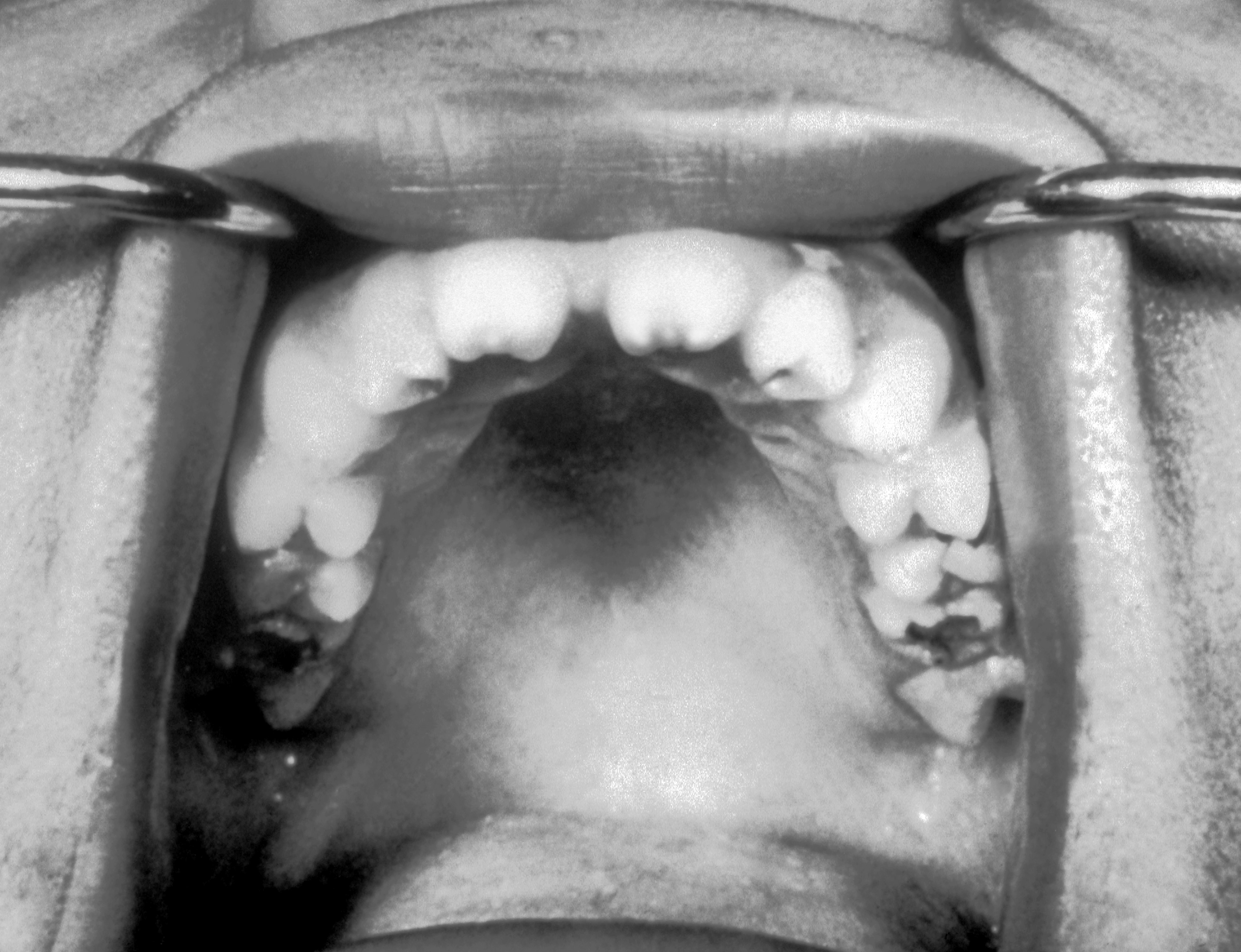Congenital syphilis physical examination
Jump to navigation
Jump to search
Editor-In-Chief: C. Michael Gibson, M.S., M.D. [1] Associate Editor(s)-in-Chief: Kalsang Dolma, M.B.B.S.[2]Aravind Kuchkuntla, M.B.B.S[3]
|
Congenital syphilis Microchapters |
|
Diagnosis |
|
Treatment |
|
Case Studies |
|
Congenital syphilis physical examination On the Web |
|
American Roentgen Ray Society Images of Congenital syphilis physical examination |
|
Risk calculators and risk factors for Congenital syphilis physical examination |
Overview
Congenital syphilis examination findings include characteristic skin rash, hepatosplenomegaly and interstitial keratitis.
Physical Examination
General Appearance
- Low birth weight
- Presence of the signs of prematurity
- Nonimmune hydrops : It is characteristic of congenital syphilis and the features of non-immune hydrops include ascites, pericardial effusion, pleural effusion and skin edema, however Rh incompatability should be ruled out as a cause of hydrops.[1]
Skin
- Vesiculobullous or maculopapular rash occurring on the palms and soles is present in 70% of the children with congenital syphilis. Other patterns of rash such as condylomata lata lesions, annular lesions, and erythema multiforme -like targetoid lesions are present in affected infants.[2]
- Later rash - copper-colored, flat or bumpy rash on the face, palms, and soles
Head
- Frontal bossing
- Poorly developed maxillae
Eyes
- Corneal clouding[3]
- Interstitial keratitis (IK), an inflamation of the cornea which can lead to corneal scarring and potentially blindness
- Anemia
- Jaundice
Ears
Nose
- Snuffles, the name given to rhinitis in this situation. When chronic, this can lead to saddle nose deformity.
- Rhagades, linear scars at the angles of the mouth and nose result from bacterial infection of skin lesions
Throat
Shown below is an image of Hutchinson's teeth

- Hutchinson's Triad, a set of symptoms consisting of deafness, hutchinson's teeth (centrally notched, widely-spaced peg-shaped upper central incisors), and interstitial keratitis (IK), an inflamation of the cornea which can lead to corneal scarring and potentially blindness
- Mulberry molars (sixth year molars with multiple poorly developed cusps)
Abdomen
Extremities
- Sabre shins: sharp-edged anteriorly convex tibia
- Lymph node enlargement
- Pseudoparalysis
References
- ↑ Barron SD, Pass RF (1995). "Infectious causes of hydrops fetalis". Semin Perinatol. 19 (6): 493–501. PMID 8822333.
- ↑ Ferreira, Sara Tavares; Correia, Cátia; Marçal, Monica; Tuna, Madalena Lopo (2016). "Skin rash: a manifestation of early congenital syphilis". BMJ Case Reports: bcr2016216148. doi:10.1136/bcr-2016-216148. ISSN 1757-790X.
- ↑ Ewing, C I; Roberts, C; Davidson, D C; Arya, O P (1985). "Early congenital syphilis still occurs". Archives of Disease in Childhood. 60 (12): 1128–1133. doi:10.1136/adc.60.12.1128. ISSN 0003-9888.